Six planes tested out the new H2S radar system against the Nazis. None of them survived the war
Six Bomber Command crews were reportedly ‘thrilled with our new toy’ but despite having a wartime technological marvel on-board none of their planes survived.
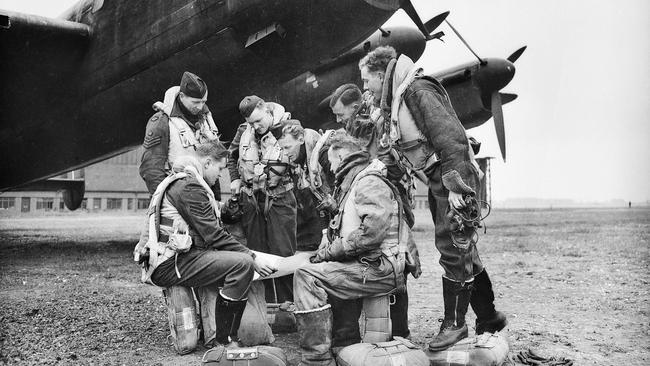
Six specially selected Lancaster planes including John Tree’s JB412 were fitted with experimental H2S Mark III radar in late 1943, but despite the significant advantages it offered the crews in pinpointing their German targets, within 12 weeks five of them had been shot down.
Only one of the radar-testing Lancasters, the JB402, survived beyond the main Battle of Berlin which finished in March 1944, but even its luck wasn’t to last.
The plane was destroyed three months later in Mailly, France during a raid on a German Panzer training camp.
INTERACTIVE SPECIAL: 66 MINUTES OF HELL
Australian air gunner, John Hudson Wilkinson, 30, who in civilian life had been a chemist in Rutherglen, Victoria was part of the mainly Canadian crew who managed to bail out, and received a distinguished flying cross for his bravery.
He did not survive the war and was killed several months later.
The losses of six Mark III radar-fitted aircraft had been painful for a group of British scientists based at RAF Defford.
At first they had been euphoric after developing and refining the Mark III version of the earliest radar system of the time H2S, allowing for far greater clarity of a plane’s geographical position by using 3cms radar waves instead of the 10cms waves.
66 Minutes of Hell
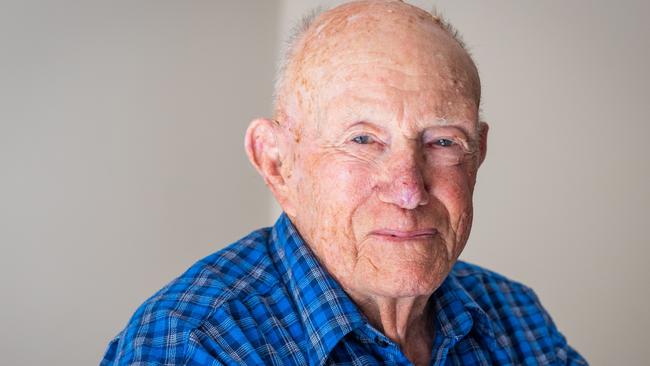
‘Your thoughts of living much longer were a bit bleak’
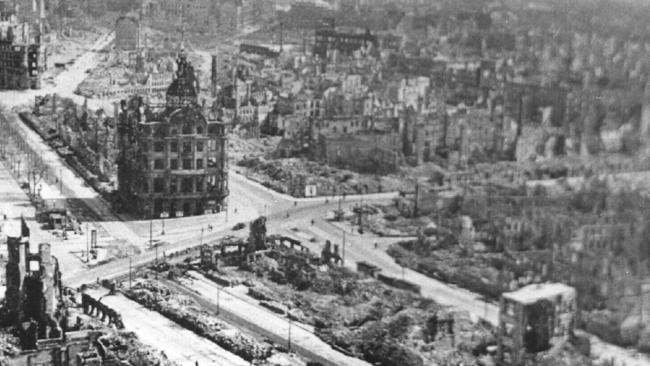
How Bomber Command was airbrushed from history
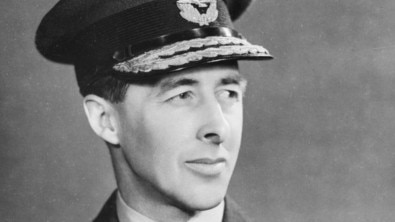
Little-known Aussie became one of the great wartime leaders
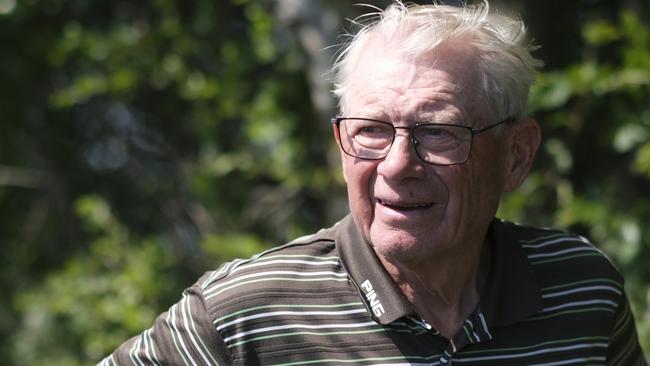
Danes can never forget Aussie airman’s ultimate sacrifice
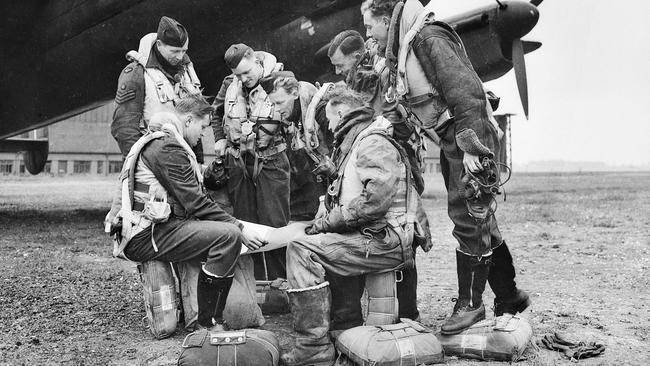
Radical radar breakthrough helped defeat Nazis
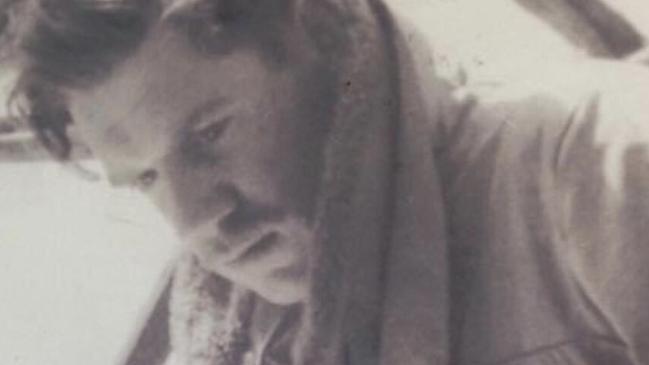
WWII hero with a compass hidden in his comb
Crews were “thrilled with the new toy” during the launch of the Mark III radar during a raid on Leipzig in late November.
It was a “great success” over Berlin on December 9 and then greatly improved positioning on December 22 by putting down markers on Berlin’s Templehof within 100 yards of one another.
But before long the half dozen planes with Mark III radar quickly became victims of the war.
JB355 was lost on the mission to Berlin on January 3, 1944, while JB461 was lost near Braunschweig en route to Berlin on January 21 of that year. JB365 was shot down while flying at 20,000 feet near Magdeburg, an oil producing town, the following night.
With three of the planes now destroyed, JB412 was attacked and shot down by a German night fighter over Denmark en route to Berlin that same month on January 29. Then JB352 was attacked from behind by a German night fighter near Berlin two nights later.
“These casualties really do emphasise Bomber Command’s horrific loss rate at that time,’’ RAF Defford Airfield Heritage Group historian Dennis Williams said.
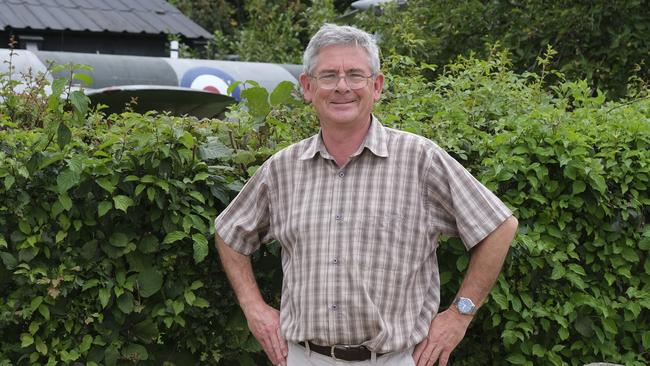
Yet the success of the radar in these six aircraft in providing pinpoint navigation for the waves of Allied planes behind meant that the Mark III radar system was rushed into production for not only Bomber Command, but Coastal Command, which was dealing with German U-boats throughout 1944.
The six planes had been requisitioned by chief scientist Bernard Lovell to be fitted with the revolutionary 3cm radar in November 1943 after ambitious plans by the air force chiefs to have the newest system fitted to three squadrons by the end of the year was deemed logistically impossible.
Lovell had been working with the Australian Pathfinder Force leader Air Vice Marshal Don Bennett, – who was at Defford for nearly a month helping develop the new system.
Bennett even flew many of the trials himself before offering up six of his Pathfinder Lancasters.
H2S had came about in 1941 when Telecommunications Research Establishment scientists developed a 10cm wavelength radar – the same as in modern microwave ovens – which produced significant reflections from ground features and coastlines which showed up on a screen as bright spots.
The spots joined up to show various terrain features, especially large bodies of water, to the navigator even in smoke or fiery conditions over bombed cities.
Bennett fiercely argued for his crews to be able to use this latest technology as the top brass hesitated, fearing it would get in the hands of the Germans.
Earlier navigation systems were limited to the distance from the British coastal ground stations.
Mr Williams said:
-
“What the bomber navigators needed was a radar system that did not depend on ground beacons or transponders.”
-
There are several theories about why the H2S radar was so named.
Pathfinder Force’s Bennett said in his book his favourite theory was that a scientist who advised Winston Churchill’s chief right hand man, Lord Cherwell, remarked that the bureaucracy which had delayed bringing the radar into production “stank,” and so gave it the scientific formula for hydrogen sulphide or rotten egg gas. Others have suggested it represented Home Sweet Home in boosting morale for the aircrew who faced perilous conditions in the air.
While there had been initial successes of the H2S radar using the 10cms system British prime minister Winston Churchill had halted Bomber Command operations on Berlin in mid 1943 because the plan – to target German manufacturing and cause panic among the population – had been so poorly executed at a high cost of lives.
The H2S resolution wasn’t good enough over a dense city like Berlin and the pressure to get the more sophisticated Mark III 3cms version into service was intense.
Churchill only approved the blanket bombing campaign over Berlin, which would end up operating from mid November to the end of March, because of the trial success of the radar.
Mr Williams said towards the end of 1943 the scientists were very excited about the Mark III H2S being installed in the six planes. He reads from parts of Sir Bernard’s diary.
“Lovell writes about how the success of the mission to Leipzig (in late November) was down to the Mark III,’’ Mr Williams says.
“He writes ‘All went well thank heavens after a very nervous day. The other three (planes) arrived at RAF Wyton just as the PFF (Path Finder Force) were taking off for Berlin.
“Then he adds ‘This is all terribly exciting. Killip, Beaching and Garner (scientists) went to Wyton to give them a good start’.
“Clearly, they were sending more boffins over to Wyton to work with the air force to get this project going.’’
So impactful was the Mark III radar, various versions of it continued to be used in planes for a further 50 years.


To join the conversation, please log in. Don't have an account? Register
Join the conversation, you are commenting as Logout